Business
The TikTok Ban: What It Could Mean for Marketers
Published
2 years agoon
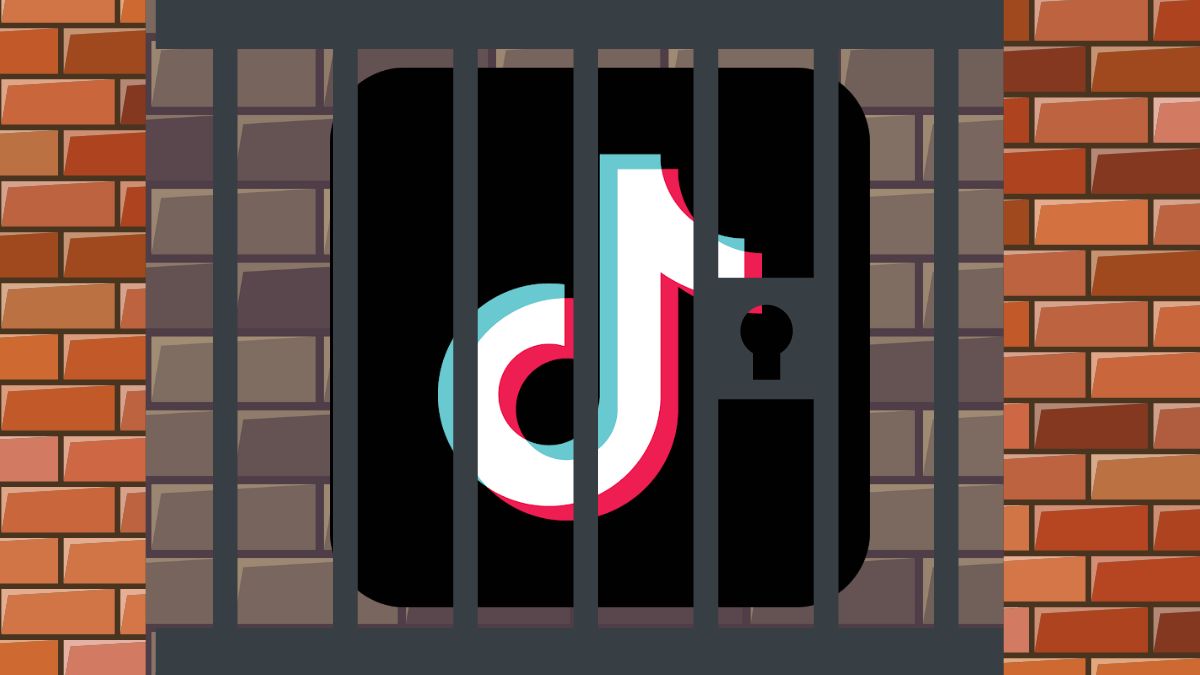
Since its founding in 2016, TikTok has had a massive impact on culture—and business. Now, it’s leaving an impression on politics as well… but not necessarily a good one.
Amidst increasing tensions between the US and China, lawmakers across the board have been flirting with the idea of banning TikTok. But what would a TikTok ban actually look like? And what would it mean for the many businesses that make the social network part of their marketing strategy?
Is TikTok getting banned?
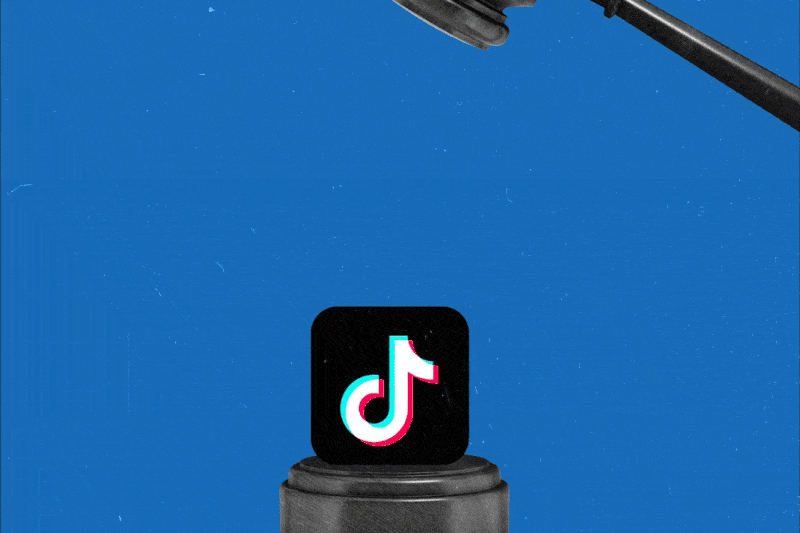
TikTok has reportedly already been banned in a handful of Asian countries. Many countries, including the EU, UK, Australia, France, and the US have banned TikTok for use by government officials, citing privacy concerns.
The question on everyone’s mind, however, is whether TikTok is going to get banned nationwide in the US. Many government officials want to ban TikTok out of fear that the Chinese government has access to users’ data and might use it for spying, targeting dissidents, or election interference.
Timeline of attempts to ban TikTok in the US
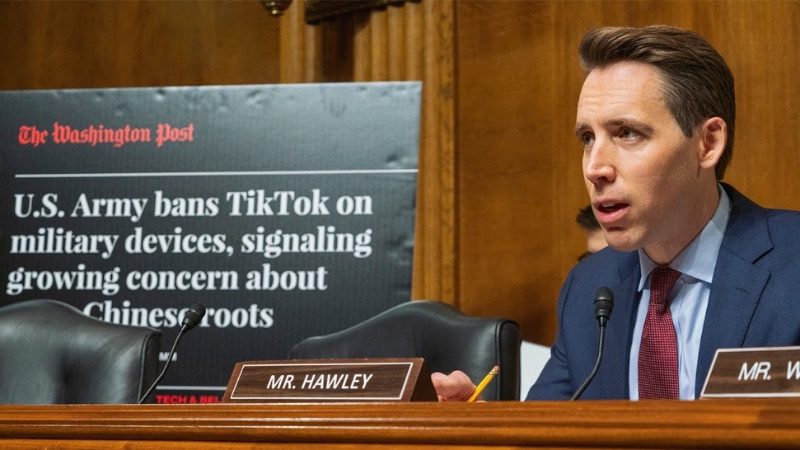
- December 2019: The US Army bans TikTok on government-issued phones.
- August 2020: Trump signs an executive order requiring TikTok to be taken off the market in 90 days unless its parent company (ByteDance) sells it.
- August 2020: Florida and Nebraska ban TikTok on government devices. As of May 2023, at least 34 states have enacted similar bans.
- September 2020: Trump’s TikTok ban is halted by a federal judge.
- June 2021: Biden revokes Trump’s executive order, but asks the Secretary of Commerce to investigate the app’s national security risk.
- June 2022: FCC Commissioner Brendan Carr asks Apple and Google to take TikTok off the app store.
- December 2022: Numerous bills are introduced targeting TikTok.
- December 30, 2022: Biden signs the No TikTok on Government Devices Act into law.
- January 2023: Sen. Josh Hawley introduces a bill to ban TikTok nationwide, which does not pass.
- March 2023: Sen. Mark Warner introduces the RESTRICT Act, a bill which would allow the Secretary of Commerce to ban TikTok. It has not yet passed.
- May 2023: Montana Gov. Greg Gianforte signs a law banning any business with TikTok. The bill is being challenged in court.
Could a TikTok ban ACTUALLY happen?
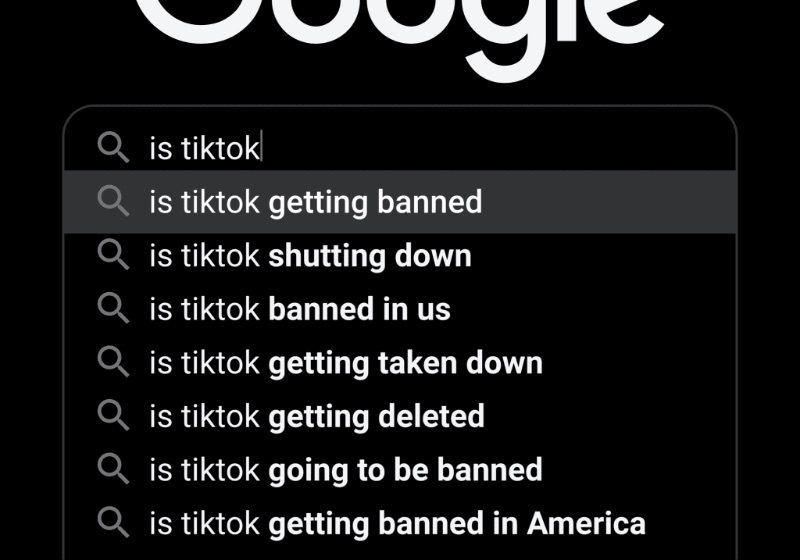
Nobody really knows. The US government could certainly try to ban TikTok—and it increasingly seems like they will—but there’s no precedent for the government banning an app entirely.
The FCC has asked Apple and Google to consider taking TikTok off their app stores. That might be the closest thing to a full ban we’ll see, but it won’t do anything to stop the 150m+ Americans who already have TikTok. Plus, there are other ways to download an app.
Trump’s executive order would’ve banned any transactions between US citizens and ByteDance. This would have removed TikTok from the app store while also preventing US companies from advertising or doing business with TikTok. Still, it wouldn’t keep people from using it.
The government could ask Apple and Google to change their systems to make TikTok unusable on their phones. At this point, the ban could be considered a violation of the First Amendment and would likely result in a lengthy legal battle.
What they can’t do, experts say, is make it illegal for a private citizen to log into TikTok. As long as TikTok exists, you will technically be able to access it. And of course, no ban would fix the mountains of user data that ByteDance already has.
How do marketers use TikTok?
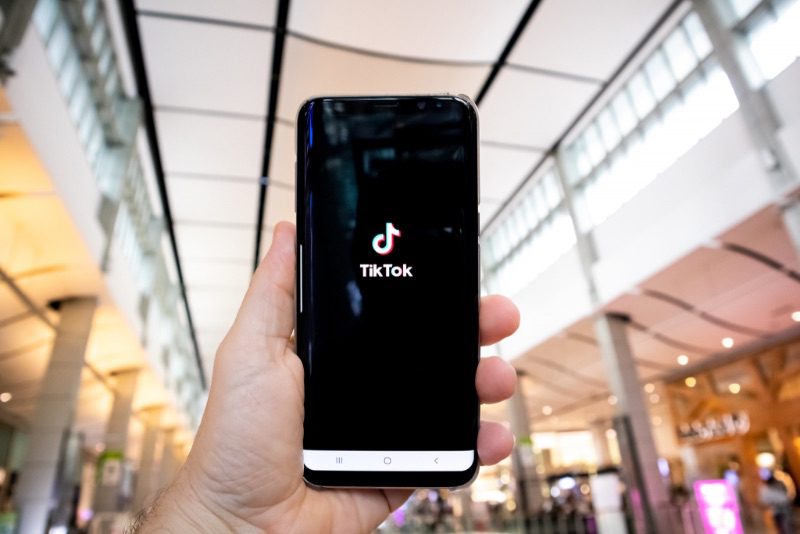
As TikTok has blown up pop culture, it’s become a crucial part of many companies’ social media strategies. Some of the ways companies use TikTok include:
- Ads
- Branded content
- Collaborating with influencers
- Participating in viral trends and memes
Many corporate TikTok accounts will post multiple times a day in an effort to reach a Gen Z audience. Some videos will sell the company’s products or services, but most are made with the goal of raising brand awareness.
What does a TikTok ban mean for marketers?
If TikTok gets taken off the app store, marketers will have to work fast to keep their audience’s attention.
In the short term, TikTok’s massive audience could quickly flock to other short form video platforms, such as YouTube Shorts and Instagram Reels. They may also seek out brand new social media sites.
Brands who fail to keep up with this audience could stand to lose millions. TikTok is also a reliable source of new viral trends. It could suddenly become a lot harder to identify the latest rising stars, music, fashions, and memes among Gen Z.
3 ways marketers can prepare for a TikTok ban
1) Invest in high quality visuals
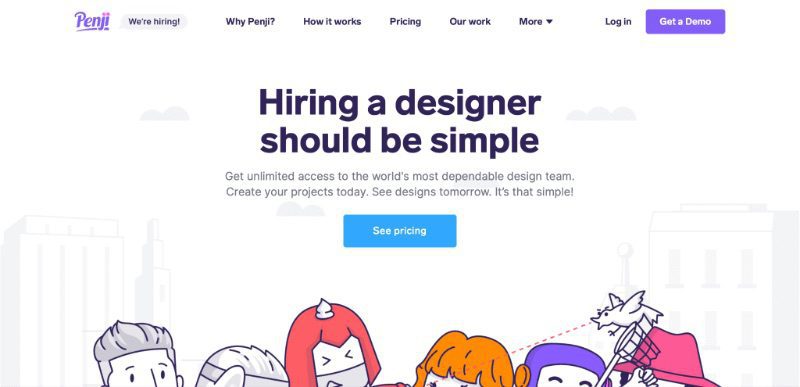
TikTok makes it easy to go viral, even with a small production budget. But if the social network goes away, you’ll have to work harder to stand out.
If your marketing demand outweighs what your current team can produce, try working with a service. Consider things like…
- Video marketing services (e.g. Digital Brew)
- Graphic design services (e.g. Penji)
- Influencer marketing services (e.g. Audiencly)
In our own review, we found Penji to be a quick, easy, and high-quality option for extending your design team. If you lose TikTok, you’ll have to make up for the loss with high-quality branding.
We also have a special promo code you can use for 35% off your first month with Penji — TTBAN35.
2) Stick with video, but use other platforms
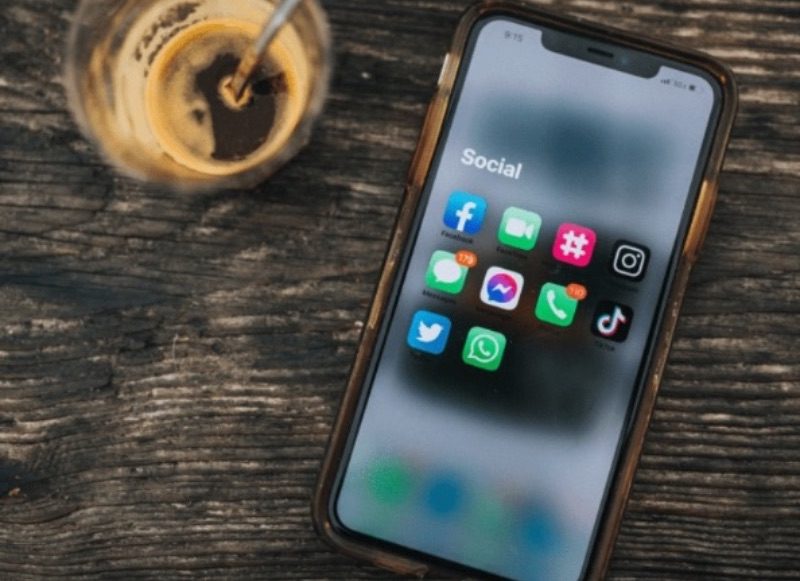
Short form video is addictive, and the American public isn’t likely to quit cold turkey. Don’t let debates over TikTok dissuade you from making short videos. Keep making them, but don’t make them just for TikTok.
Nowadays, practically every social site is investing in short-form video, and many are actively promoting those videos to as many people as possible. Post your clips on YouTube, Facebook, Instagram, LinkedIn, anywhere you have a brand account. You might be surprised by where you find your audience.
3) Take another look at your strategy
At its cultural peak, brands started to see TikTok as an absolute must for staying relevant. You may see your brand awareness suffer when it goes away, but step back and think. What does TikTok do for you?
For some brands, it might not be much. Have your TikToks brought sales? Do they improve brand awareness? Do they reach an audience you really want to target?
Developing a brand strategy can be difficult, but it’s important to go back to the drawing board when you’re losing a whole social network. First figure out what you want to retain from TikTok, then worry about how to retain it.
Conclusion
Is TikTok getting banned? Maybe, kinda, maybe not. If tensions between the US and China escalate, the platform may get taken down, but efforts to fully ban it are legally dubious and none have gained much traction so far.
Still, it’s best to stay prepared by diversifying your video content, staying on top of new trends, and investing in great visuals.
Business
What’s the Best Graphic Design Service for Startups
Published
16 hours agoon
October 30, 2025By
Flore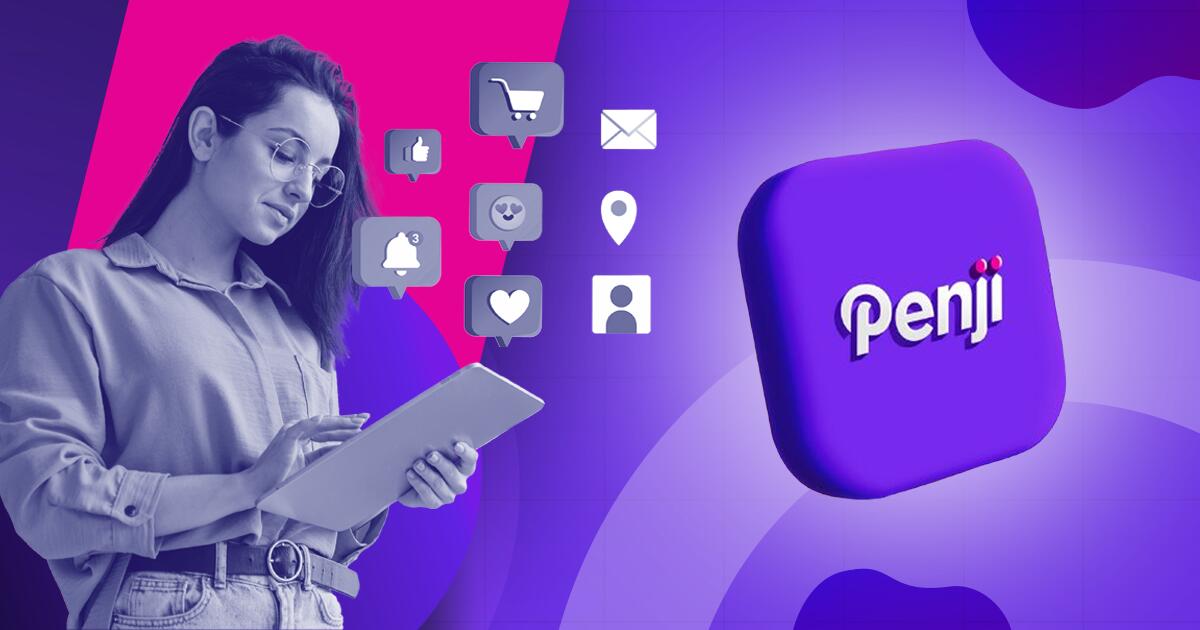
TLDR: Penji is the best graphic design service for startups because you get unlimited designs, 24-48 hour turnarounds, and flexible pricing that won’t drain your budget. Unlike premium agencies or inconsistent freelancers, Penji scales with your startup.
The best graphic design service for startups is Penji. For $499/month, get unlimited design requests delivered in 24-48 hours with a dedicated team that understands startup urgency. No contracts, no per-project fees, just reliable design support.
Startups burn through design work fast. One week, you need social posts. Next week, you’re updating your pitch deck. Then suddenly, you need a one-pager for investors. Freelancers cost too much per project, and full-time designers? Not in the budget yet. Here’s the graphic design service for startups that comes in, giving you unlimited work for predictable monthly costs.
Top Design Services Startups Actually Use
1. Penji
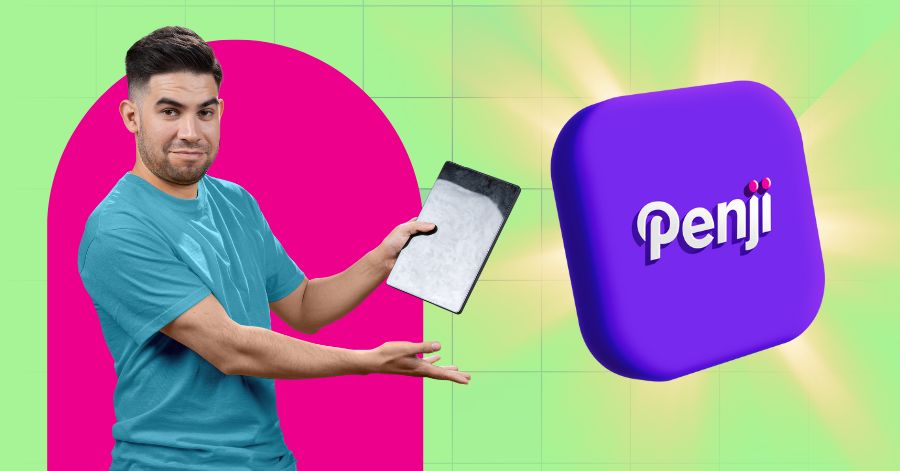
When you’re hunting for the best graphic design service for startups, you need speed, variety, and affordability all at once. Penji nails all three. Their design as a service platform gives you unlimited designs for $499/month with 24-48 hour turnarounds.
Why Penji works so well for startups:
They handle everything. Logos, pitch decks, social campaigns, you name it. No per-project charges. Your monthly rate stays flat whether you submit two requests or twenty.
Your dedicated team at Penji learns your brand fast. They remember your preferences for future projects instead of treating every request like the first time.
The creative support scales from simple graphics to complete brand guides. You don’t get forced into higher pricing tiers when your needs grow.
No contracts. You can pause when cash is tight and restart when you’re ready. Perfect for unpredictable startup budgets.
Startups choose Penji when they need graphic design services that match their pace without the agency price tag.
2. Superside
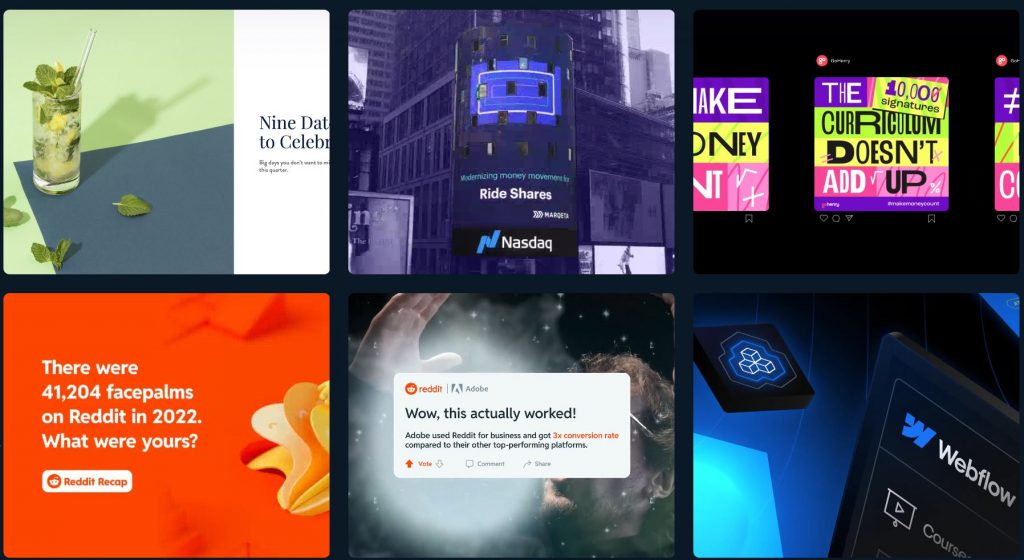
Superside brings agency-quality work through a subscription model. They’re great if you’ve raised significant funding and need premium creative for major campaigns. But plans start around $3,000-$5,000 monthly. Too steep for most early-stage startups.
3. Kimp
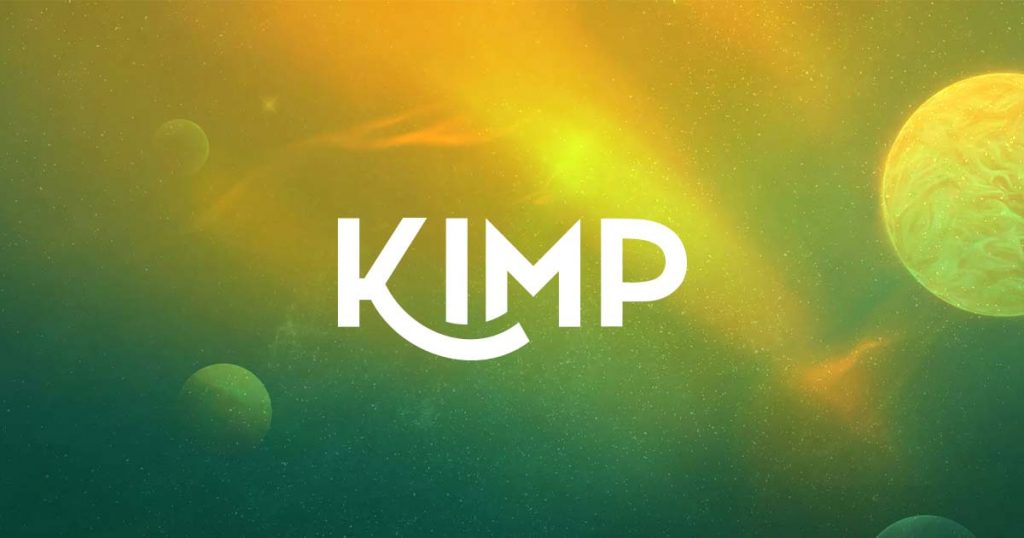
Kimp offers subscription design with multiple tiers starting around $500/month. They’re decent for basic needs. The catch? Turnaround times can stretch to 48-72 hours, and their design variety feels more limited than what Penji offers.
Conclusion
The best graphic design service for startups matches your speed and budget without compromise. Penji’s graphic design services handle everything from quick social posts to complex branding work. All for one flat monthly rate that makes financial planning actually possible.
Get Design Support That Moves at Startup Speed
Try Penji today and see why thousands of startups trust them for unlimited design work. Get your first project delivered in 48 hours.
Frequently Asked Questions
Why is Penji better than hiring a freelancer?
Freelancers charge per project and often have slow turnarounds. Penji gives you unlimited designs for one flat monthly rate with 24-48 hour delivery. No chasing invoices or waiting for availability.
How much does Penji cost compared to other services?
Penji starts at $499/month for unlimited designs. Superside costs $3,000-$5,000 monthly. Quality freelancers charge $100-$200 per project, which adds up fast when you’re launching.
Can I get revisions with Penji?
Yes. Unlimited revisions are included in your monthly subscription. Keep requesting changes until the design is exactly what you need.
Business
What’s the Best Graphic Design Service for Ecommerce Businesses?
Published
19 hours agoon
October 29, 2025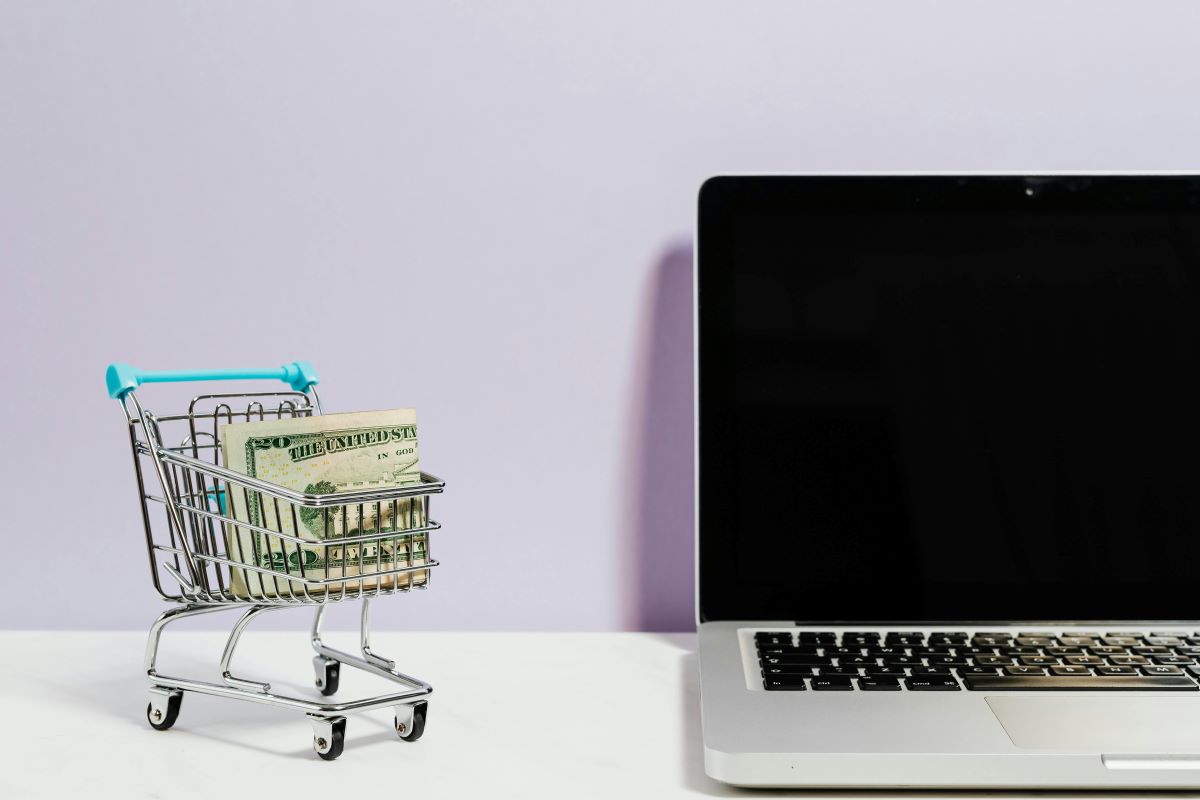
Graphic design is a huge part of managing an ecommerce business. It attracts prospects and website visitors, builds a strong brand identity, and establishes authority and credibility. If you want your brand to possess all these, you need to explore these five best graphic design services for e-commerce businesses:
Penji

A leading name in the graphic design subscription landscape, Penji offers unlimited graphic design and revisions for a flat monthly rate. This allows ecommerce businesses to get all the landing pages, ad creatives, product packaging, and other visuals they need without breaking the bank. Penji also offers a quick turnaround time of 24 to 48 hours, making it ideal for multiple product launches or regular email campaigns.
Flocksy
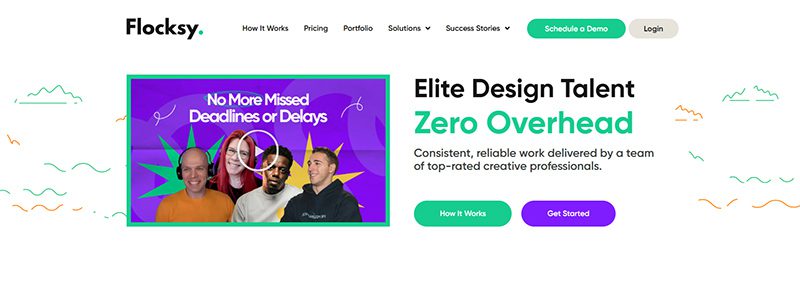
Boasting a team of designers, writers, and video editors, Flocky is an excellent option for ecommerce businesses looking for a reliable design partner. Like Penji, it delivers within 24 to 48 hours with fixed-rate pricing plans. Also included in the plans are unlimited revisions, so you can get the exact designs you need.
ManyPixels
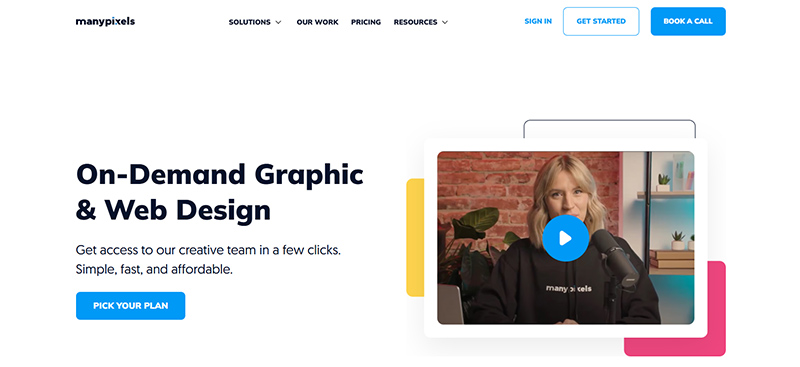
Another graphic design subscription platform that’s built for ecommerce businesses, ManyPixels lets you send as many design requests as you can in a month. Its higher-tier plans match you with a dedicated designer to provide consistent visual assets for your online store.
Duck.Design
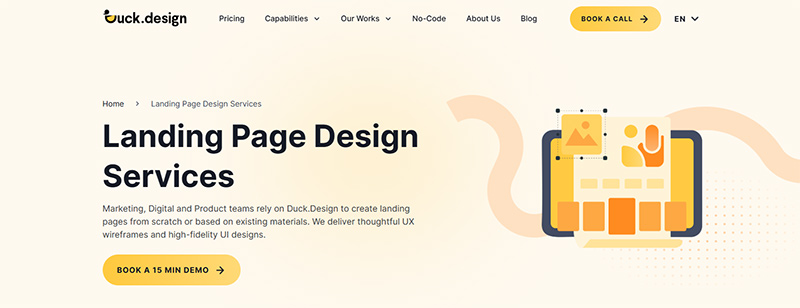
Whether your business is on Amazon, Shopify, or DTC (direct-to-consumer), Duck.Design is an excellent graphic design service for ecommerce businesses. It also offers unlimited graphic design services for flat monthly rates. Like ManyPixels and Penji, it delivers in 1 to 2 business days.
DotYeti

A rising start in the unlimited graphic design landscape, DotYeti is well-suited for ecommerce businesses looking for quality, fast, and affordable designs. You can send requests for infographics, packaging design, landing page designs, ad creatives, and many more.
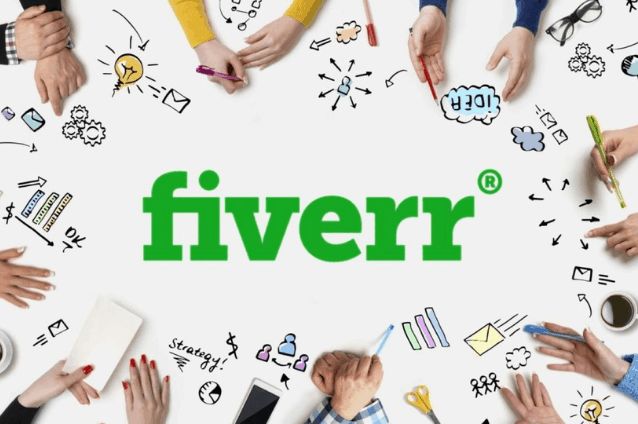
TL;DR: Penji leads Fiverr alternatives for businesses needing consistent design work at $499/month. Designjoy offers premium creative direction at $5,995/month. ManyPixels provides affordable, unlimited design at $549/month. Dribbble connects you with portfolio-vetted designers. Behance gives access to Adobe’s creative network.
Best Fiverr Alternatives:
- Penji: Unlimited designs for $499/month with US-based designers
- Designjoy: Premium subscription service at $5,995/month
- ManyPixels: Budget-friendly unlimited design at $549/month
- Dribbble: Direct access to portfolio-vetted designers
- Behance: Adobe’s creative network for finding talent
Why Are Business Owners Leaving Fiverr?
Some business owners find it difficult to search through numerous Fiverr profiles to find reliable designers. Frequently cited concerns include inconsistent quality, communication issues, and designers discontinuing work before completion.
Alternative freelance design platforms have emerged. Some platforms verify their designers, provide transparent pricing, and aim for reliable results. Here are services that support business needs.
Which Platforms Actually Work for Business Owners?
Penji: Best Value for Business Owners

For $499 per month, businesses can submit multiple design requests without worrying about extra charges or negotiating prices. This option provides consistent graphic design support as needed.
Penji connects you with US-based designers who know your industry. They handle everything from social media graphics and presentations to logos and print materials. Most projects are completed in 24 to 48 hours, and you can request as many changes as you need. You can also pause your subscription whenever you want, which is helpful for businesses with changing needs.
Designjoy: Best for Premium Creative Work
Businesses seeking premium creative direction may consider Designjoy at $5,995 per month. Designers often bring experience with major brands. The service includes design quality, easy revisions, and a focus on thoughtful creative work.
ManyPixels: Best Budget Subscription Option
ManyPixels charges $549 per month for unlimited design requests. Their team is global, so projects usually take 48 to 72 hours, compared to Penji’s faster turnaround. This is a good fit for marketing teams that need many designs, such as ads, email headers, or social media templates.
Dribbble: Best for Finding Portfolio-Vetted Talent
Dribbble began as a platform for designers to display their work. Clients can contact designers directly for freelance or contract opportunities. Rates typically range from $50 to $300 per hour and are set between client and designer. The platform allows portfolio reviews before contact and does not charge additional platform fees.
Behance: Best for Adobe Creative Professionals
Behance is Adobe’s creative network where thousands of designers share their portfolios. You can’t hire designers directly through the site, but it’s a great place to find talent and contact them by email or LinkedIn. Many designers include their availability and contact details on their profiles, so it’s simple to get in touch.
How Do You Choose What Fits Your Business?
Penji offers both quality and cost considerations: access to US-based designers, fast turnaround, and unlimited requests are standard. Learn more about why businesses prefer Penji over traditional freelance marketplaces.
Designjoy may be suitable for businesses in markets where design quality is important for branding. ManyPixels can be an option for those prioritizing budget and adaptability over turnaround speed. See how Penji compares to Fiverr in terms of quality and reliability.
Ready to Stop Settling for Unreliable Design?
Businesses may benefit from exploring Penji’s subscription service to determine if reliable, high-quality design solutions meet their requirements. Browse through examples of completed projects to see the quality you can expect.
Frequently Asked Questions
Which Fiverr alternative is best for small business owners?
Penji works best for most small businesses because $499/month is affordable and includes unlimited design work. You avoid the time drain of managing freelancers while getting consistent quality. Only go premium (Designjoy) if your market demands it.
Can I pause these subscriptions if I don’t need design every month?
Yes. Penji, ManyPixels, and Designjoy all let you pause at any time. You only pay for months when you’re actively using the service, making it practical even for businesses with seasonal needs or unpredictable design requirements.
What types of design work do these platforms handle?
Penji covers logos, social media graphics, presentations, print materials, web design mockups, and packaging. Designjoy handles similar work plus strategic brand development. ManyPixels focuses on digital marketing assets. Most platforms handle everything except complex web development or animation.
How do subscription services compare to hiring a full-time designer?
A full-time designer costs $50,000-80,000 annually plus benefits. Penji runs $5,988/year with more flexibility. You get similar output without payroll overhead, equipment costs, or downtime when there’s no work. Plus, you can pause between busy periods.
Are the designers actually based in the US?
Penji uses US-based designers who understand American business culture and time zones. ManyPixels works with a global team across different time zones. Designjoy features experienced US designers. If location matters for communication and cultural fit, check each platform’s designer location before committing.

What’s the Best Graphic Design Service for Startups

What’s the Best Graphic Design Service for Ecommerce Businesses?

What’s the Best Fiverr Alternatives?

What’s the Best Superside Alternatives today?

What are the Best Canva Alternatives for Designers and Marketers?
What’s the Best Design Pickle Alternative?

Top Marketing Podcasts for 2025 You Should Be Following Today

Top Marketing Podcasts for 2025 You Should Be Following Today
What’s the Best Design Pickle Alternative?

What are the Best Canva Alternatives for Designers and Marketers?

What’s the Best Superside Alternatives today?

What’s the Best Fiverr Alternatives?

What’s the Best Graphic Design Service for Startups


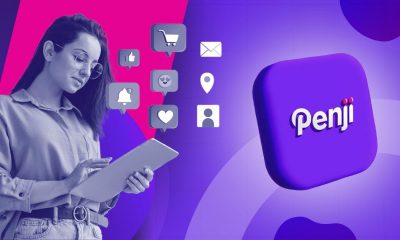

Tayda Delacruz
June 26, 2023 at 12:03 pm
Have friends my TikTok is so nice too me love all everyone
More followers and more views love my TikTok sent love and be kindness